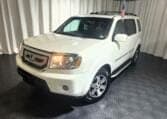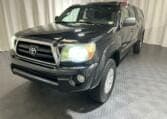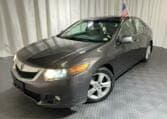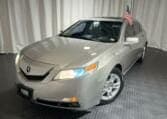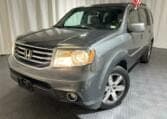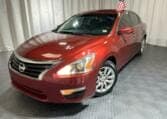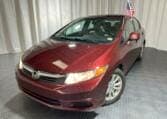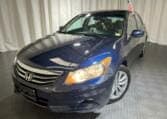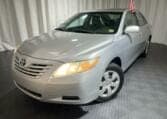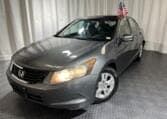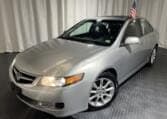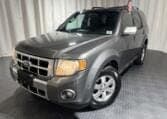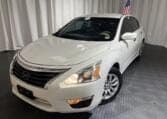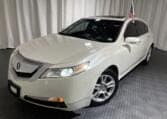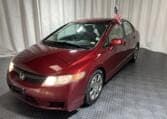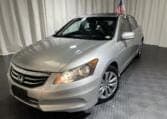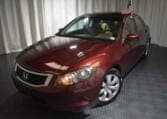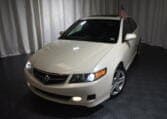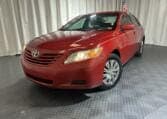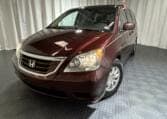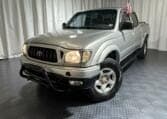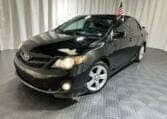Car maintenance schedule you should follow in Fairfax
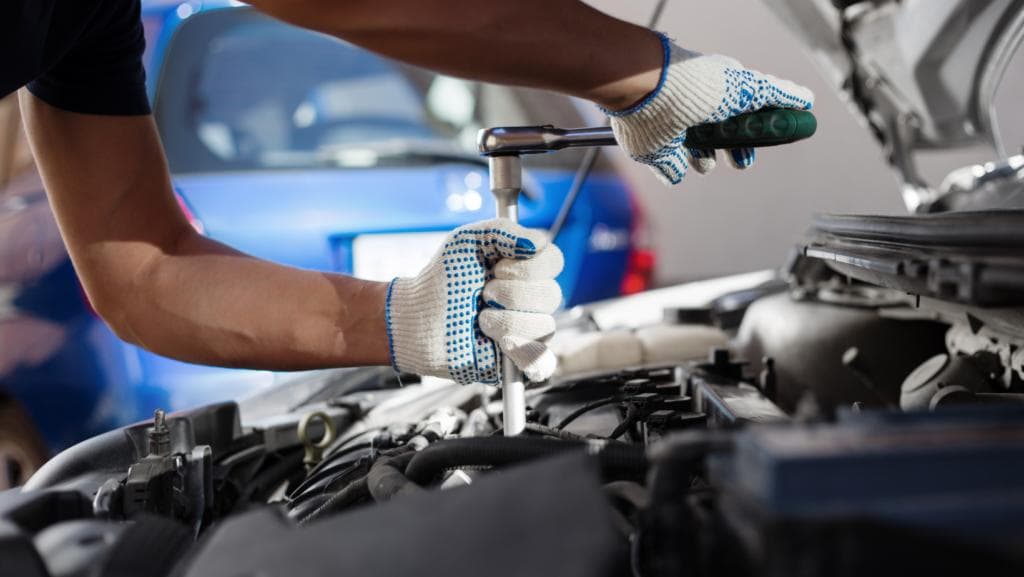
Many untoward accidents happen along the road because of not maintaining their car. Following a concrete car maintenance schedule, you can avoid major problems before they even occur. Keeping a detailed record of your car’s maintenance history can help improve its resale value.
Ideally, car manufacturers are still following the 30-60-90 schedule. The scheme means that you need to inspect, replace, or change certain items in your car when you reach the 30,000-, 60,000-, and 90,000-mile mark. However, for most drivers, you may begin to wonder if every suggested maintenance checkpoint in your car manual is vital for the holistic well-being of your vehicle. Items like windshield wiper blades and tires will eventually wear out at irregular intervals; hence, they need to be checked periodically, either by a car mechanic or inspecting them personally. Airport Auto Sales—Used Car Dealership in Fairfax, Virginia provides you a car maintenance guide that explains what you should do and why it is necessary to do it.
Things that need a regular maintenance
Oil and oil filter: Change your oil and oil filter regularly as possible. As an engine runs, some detriments like metals, carbon, and dirt accumulate in the oil that can cause excessive engine wear. The non-synthetic oil used traditionally should be regularly checked at 3,000 miles. However, most cars at present run on synthetic oil, and depending on the oil type used, it can safely last between 5,000 to 10,000 miles.
Things that need maintenance before 30,000 miles
Air filter: A clogged air filter makes it difficult for the engine to breathe; thus, it can negatively affect the car’s overall performance. Change your car’s air filter before reaching 30,000 miles. However, when you always park or drive in a dusty environment, you may change the air filter before it reaches the 15,000-mile mark.
Fuel filters: Fuel filters can clog unexpectedly. When this happens, the car engine will run roughly or cannot function properly. Fuel filters vary from one car to another, but you should replace your filter before it reaches the 30,000-mile mark. Ask your car mechanic to do a pressure test to know the status of your fuel filter.
Things that need maintenance before 60,000 miles
Battery: Many factors significantly affect the battery like age, extreme temperature, and long-period of dormancy. Bear in mind that batteries are pro-rated by time and warrantied and not determined in terms of mileage. Batteries wear out as time goes by and can last at least four years. It can put an average driver on approximately 50,000 to 60,000 miles.
Brake fluid: Your car brakes pass through a hydraulic system; however, when the fluid is contaminated by water, its boiling point will significantly drop, which can turn into a compressible gas. A compressible gas brake fluid will lead to a squishy brake pedal. To make the brake work properly, bleed your brake system of its fluid and replace it with new brake fluid. Most car manufacturers recommend doing this between 20,000 to 45,000 miles.
Brake pads: Brake pads also wear out as time goes by. They make screeching noises when they need to get replaced. It is vital to have them checked regularly. Ideally, brake pads can last up to 50,000 miles.
Brake rotors: Brakes work by squeezing the pads against the rotors to slow down the vehicle. Rotors are exposed to a lot of heat due to friction between them and the brake parts, and they can warp as time passes. You can either replace your brake rotors or have their surface ground down so that they can run smoothly at roughly 60,000 miles. Resurfacing your brake rotors is the less expensive option, but they can be done once per set.
Coolant: A combination of water and antifreeze flow through your radiator to cool your vehicle. If you lose too much coolant, the engine will overheat, which can cause extensive damage. Airport Auto Sales—Used Car Dealership in Fairfax, Virginia suggests you replace your coolant at 60,000 miles and make sure your mechanic flush the entire cooling system while they are at it.
Transmission fluid: Significantly low transmission fluid will cause shifting problems, which can burn up the transmission. It is essential to monitor the transmission fluid regularly rather than waiting for a specific mileage point. A healthy fluid is colored pink and has a sweet smell, while a bad transmission fluid will look like a darker red or even brown and smell burnt.
If you have a manual transmission plan, replace your transmission fluid between 30,000 and 60,000 miles. However, a vehicle under heavy strain should have its manual transmission fluid replaced frequently as possible. Automatic transmission fluid has an overall lifespan from 30,000 to a whopping 100,000 miles.
Thing that need maintenance before 90,000 miles
Hoses: Hoses carry coolants and power steering fluid. Cracks can form as the rubber ages. A busted hose can cause trouble; hence, it is vital to check and change them as needed.
Key takeaway
Bear in mind these milestones serve only as your guide. You should consult your car manual for a more accurate maintenance schedule. Many items on your car are made to wear out through time; thus, you should plan to keep an eye on these consumable items. Expensive repairs can be avoided simply by performing regular maintenance. As a driver, Airport Auto Sales—Used Car Dealership in Fairfax, Virginia suggests you be observant, diligent, and drive safely.
Browse through the vast selection of vehicles that have recently been added to our inventory.

